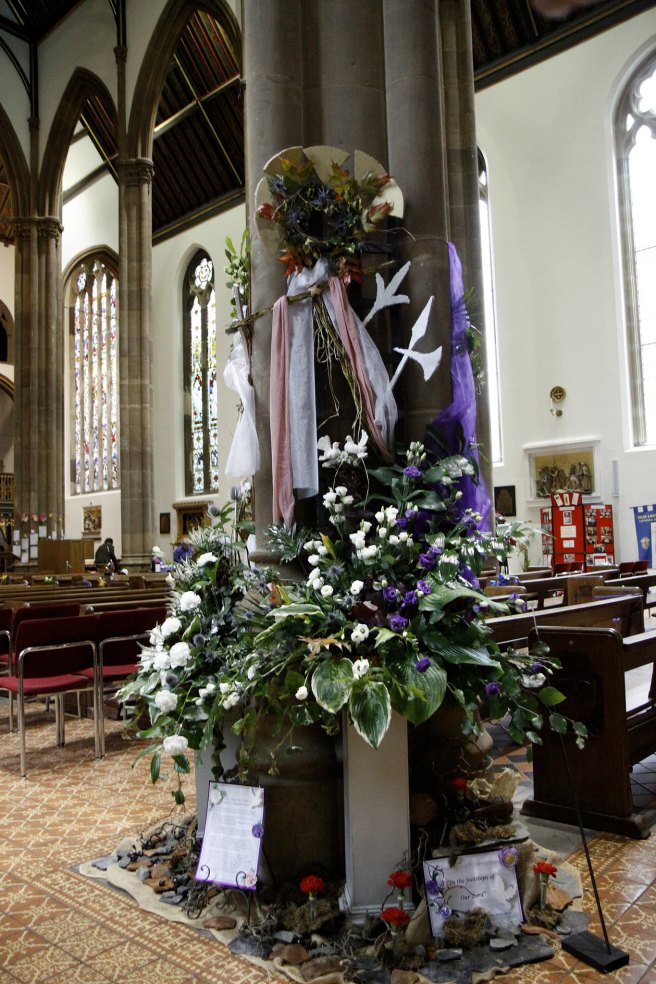
The designation by the Roman Catholic Church for the year 2020 to be the ‘Year of the Word‘ has created the opportunity for a number of exciting initiatives that explore different aspects of the Bible, its use and meaning. There is special focus this year on on the plants and the Bible.
To celebrate this, the Bible Society (one of the co-supporters of the YOTW) is sponsoring the award winning garden designer Susan Eberle to create a garden themed on Psalm 23 for the Royal Horticultural Society’s Chelsea Garden Show this year.

This is part of a wider project that involves communities and schools developing their own Psalm 23 gardens. Alongside this, the Bible Society are producing a wide range of (practical and spiritual) resources.
Additionally, for the annual 3 day Flower Festival to be held at St Chad’s Cathedral, Birmingham, on 12th to 14th June the theme will be ‘The God who Speaks’.

How you can get involved
In support of this, we are producing a set of resources for children and adults to encourage you to grow your own ‘Bible garden’. These might be of particular use for teachers, (grand)parents and guardians. All the plants which we will be featuring are mentioned in the Bible and have been specifically chosen because they are simple to grow and require low maintenance. Seeds can also be purchased cheaply and easily, which makes it an ideal activity for primary and junior schools as well as at home.
I am delighted that Alexandra Leighton, a second year Theology undergraduate from the University of Birmingham who has been working with us as part of her placement, has provided a number of resources for this project. The resources will be paired, with one set being directed to adults and the other to children (see below). They can be accessed through the ‘Plant a Bible Garden‘ tab on the menu bar.
Continue reading






